Complete Solutions to SECTION- B of chapter MATHEMATICS-2018 of Class 10 book with complete answers and questions
| Class 10 | MATHS |
| Chapter | MATHEMATICS-2018 |
| GURUKUL PUBLICATION | SECTION- B |
| Number Of Questions | 30 |
| Academic Year | 2023-24 |
The 4th term of a G.P. is 16 and 7th term is 128. Find the first term and common ration of the series.
View SolutionA man invsets Rs 22,500 in Rs 50 shares available at 10% discount, If the dividend paid by the company is 12%, calculate :
(i) The number of shares purchased
Give your answer correct to the nearest whole number.
View SolutionA man invsets Rs 22,500 in Rs 50 shares available at 10% discount, If the dividend paid by the company is 12%, calculate the annual dividend received.
View SolutionA man invsets Rs 22,500 in Rs 50 shares available at 10% discount, If the dividend paid by the company is 12%, calculate the rate of return he gets in his investment.
Give your answer correct to the nearest whole number.
View SolutionUse graph paper for this question (Take 2 cm = 1 unit along both X and Y axis). ABCD is a quadrilateral whose vertices are A (2, 2), B (2, -2), C (0, -1) and D (0,1). Reflect quadrilateral ABCD on the Y-axis and name it as A'B'CD.
View SolutionUse graph paper for this question (Take 2 cm = 1 unit along both X and Y axis). ABCD is a quadrilateral whose vertices are A (2, 2), B (2, -2), C (0, -1) and D (0,1). Reflect quadrilateral ABCD on the Y-axis and name it as A'B'CD.Write down the coordinates of A' and B'.
View SolutionUse graph paper for this question (Take 2 cm = 1 unit along both X and Y axis). ABCD is a quadrilateral whose vertices are A (2, 2), B (2, -2), C (0, -1) and D (0, 1). Name two points which are invariant under the above reflection by y-axis.
View SolutionUse graph paper for this question (Take 2 cm = 1 unit along both X and Y axis). ABCD is a quadrilateral whose vertices are A (2, 2), B (2, -2), C (0, -1) and D (0, 1). Reflect quadrilateral ABCD on the Y-axis and name it as A'B'CD. Name the polygon A'B'CD.
View SolutionUsing properties of proportion, solve for x. Given that x is positive :
`(2x+sqrt(4x^(2)-1))/(2x-sqrt(4x^(2)-1))=4`
View SolutionIf `A=[(2,3),(5,7)], B=[(0,4),(-1,7)]andC=[(1,0),(-1,4)]`
find `AC+B^(2)-10C`.
View SolutionProve that `(1+"cot"theta-"cosec"theta)(1+"tan"theta+"sec"theta)=2`
View SolutionFind the value of k for which the following equation has equal roots :
`x^(2)+4kx+(k^(2)-k+2)=0`
View SolutionOn a map drawn to a scale of `1:50,000`, a rectangular plot of alnd ABCD has the following dimensions. AB = 6 cm, BC = 8 cm and all angles are right angles. Find :
(i) the actual length of the diagonal distyance AC of the plot in km.
View SolutionOn a map drawn to a scale of `1:50,000`, a rectangular plot of alnd ABCD has the following dimensions. AB = 6 cm, BCv = 8 cm and all angles are right angles. Find :
(ii) the actual area of the plot in sq. km.
View SolutionA (2, 5), B(-1, 2) and C (5, 8) are the vertices of a triangle ABC, 'M' is a point on AB such that `AM:MB=1:2`. Find the coordinates of 'M'. Hence, find the equation of the line passing through the points C and M.
View SolutionRs 7500 were divided equally among a certain number of children. Had there been 20 less children, each would have received Rs 100 more. Find the original number of children.
View SolutionIf the mean of the following distribution is 24, find the value of 'a'.

View SolutionUsing ruler and compass only, construct a `DeltaABC` such that BC = 5 cm and AB = 6.5 cm and `angleABC=120^(@)`.
(i) Construct a circumference of `DeltaABC`
(ii) Construct a cyclic quadrilateral ABCD, such that D is equidistant from AB and BC.
View SolutionPriyanka has a recurring deposite account of Rs 1000 per month at 10% per annum. If she gets Rs 5550 as interest at the time of maturity, find the total time for which the account was held.
View SolutionIn `DeltaPQR`, MN is parallel to QR and `(PM)/(MQ)=2/(3)`
(i) Find `(MN)/(QR)`
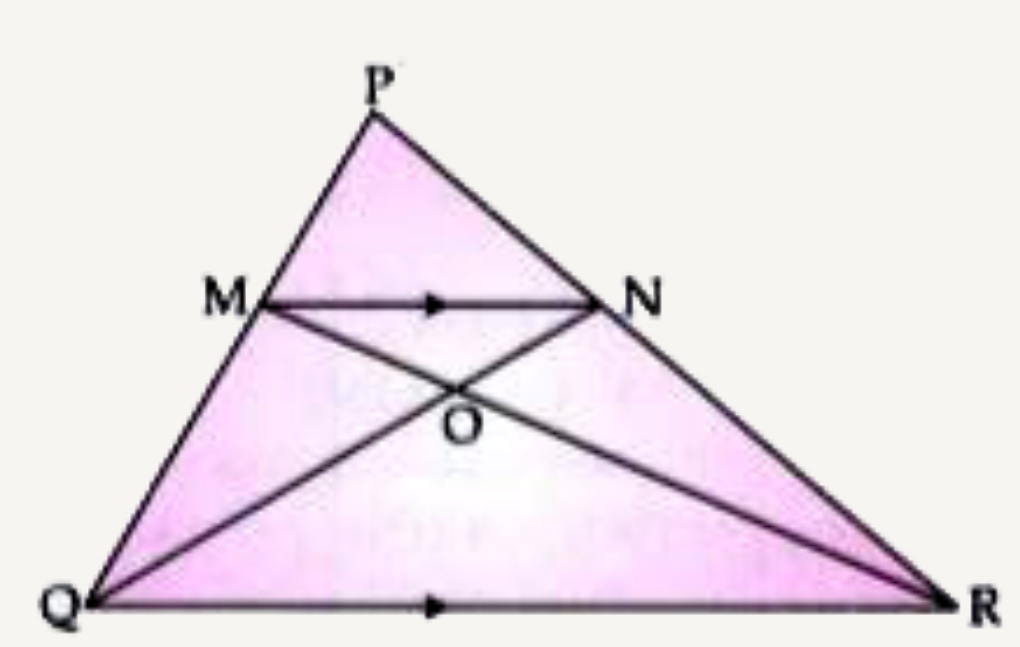
View SolutionIn `DeltaPQR`, MN is parallel to QR and `(PM)/(MQ)=2/(3)`
Prove that `DeltaOMNandDeltaORQ` are similar.
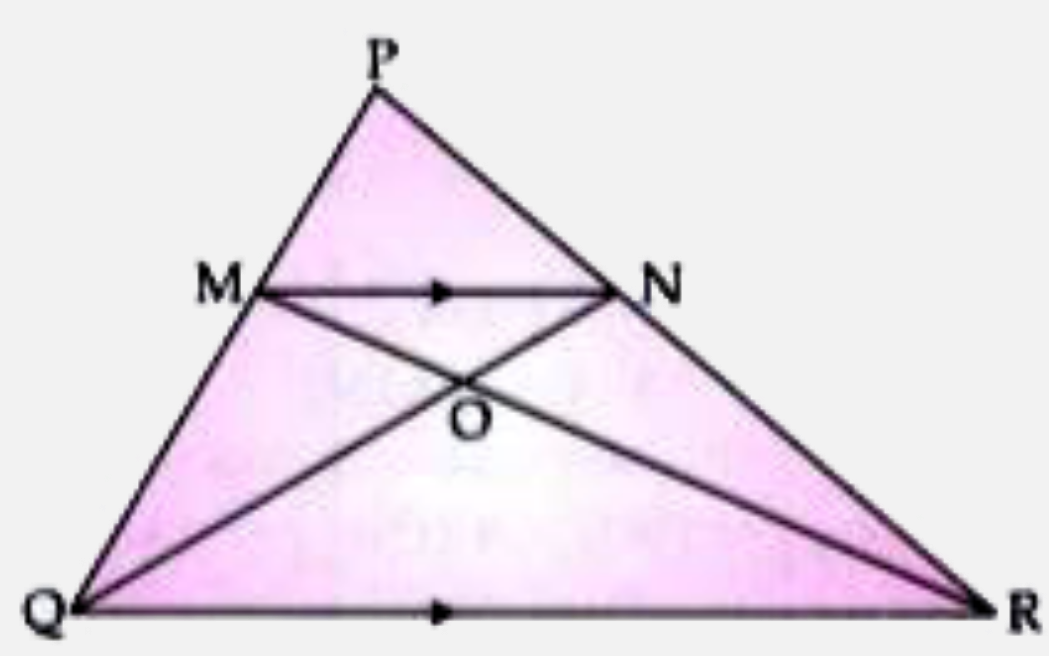
View SolutionIn `DeltaPQR`, MN is parallel to QR and `(PM)/(MQ)=2/(3)`
(iii) Find, Area of `DeltaOMN` : Area of `DeltaORQ`.
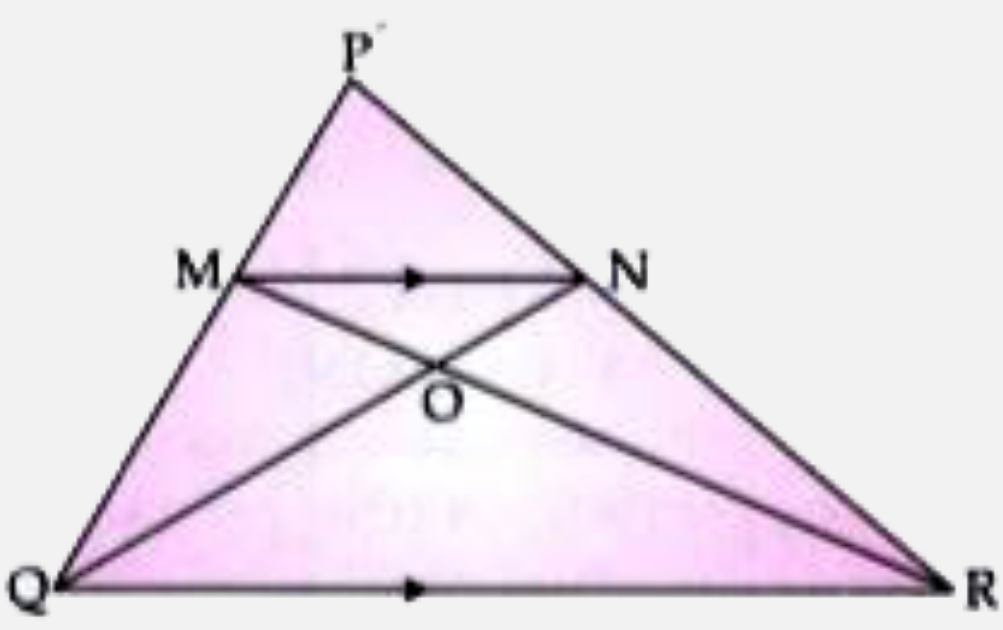
View SolutionThe following figure represents a solid consiting of right circular cylinder with a hemisphere at one end and a cone at the other. Their common radius is 7 cm. The height of the cylinder and cone are each of 4 cm. Find the volume of the solid.
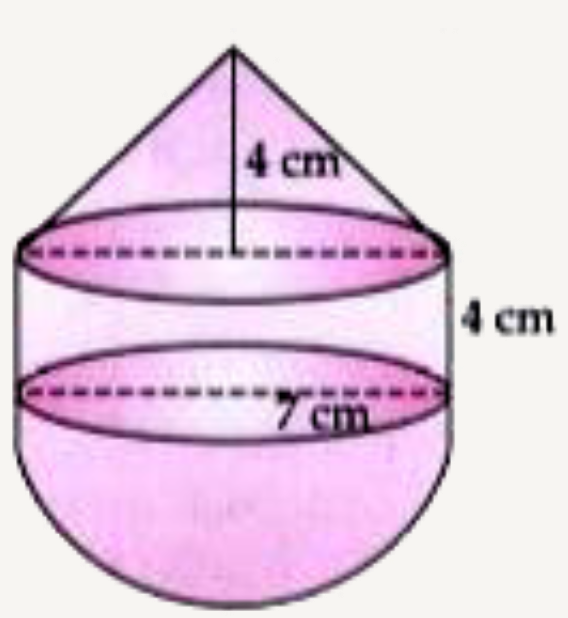
View SolutionUse remainder theorem to factorize the following polynomial :
`2x^(3)+3x^(2)-9x-10`
View SolutionIn the figure given below 'O' is the centre of the circle. If QR = OP and `angleORP=20^(@)`. Find the value of 'x'
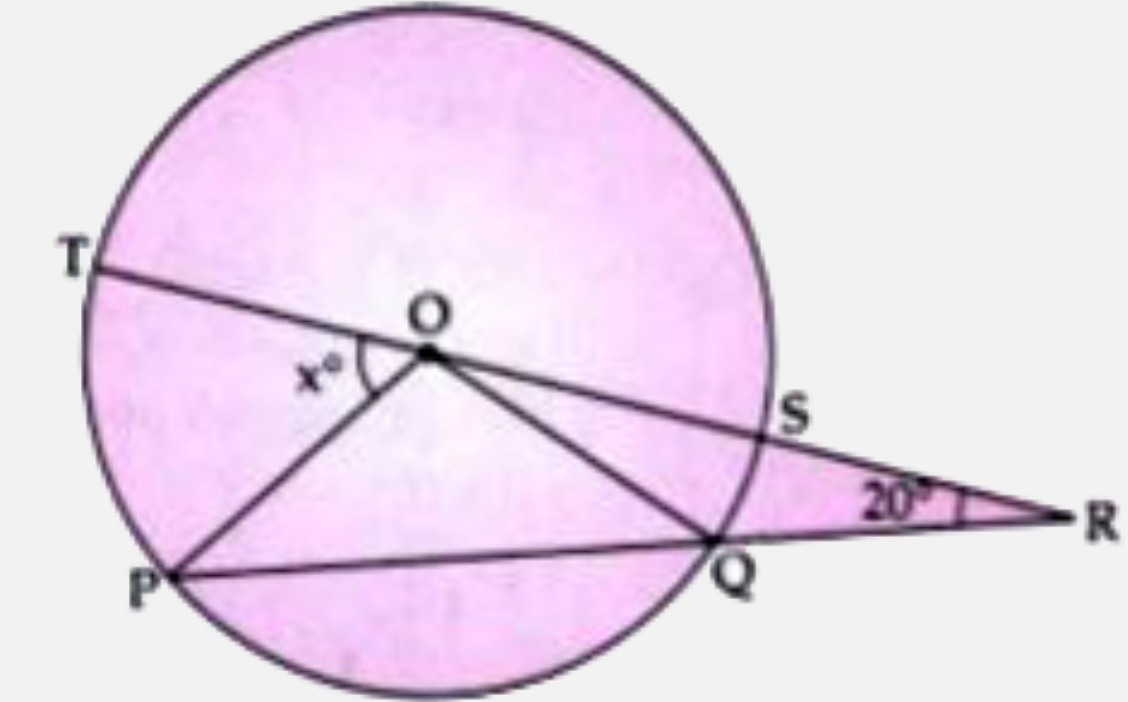
View SolutionThe angle of elevation from a point pof the top of a tower QR, 50m high is `60^(@)` and that of ther tower PT from a point Q is `30^(@)`. Find the height of the tower PT, correct to the nearest metre.
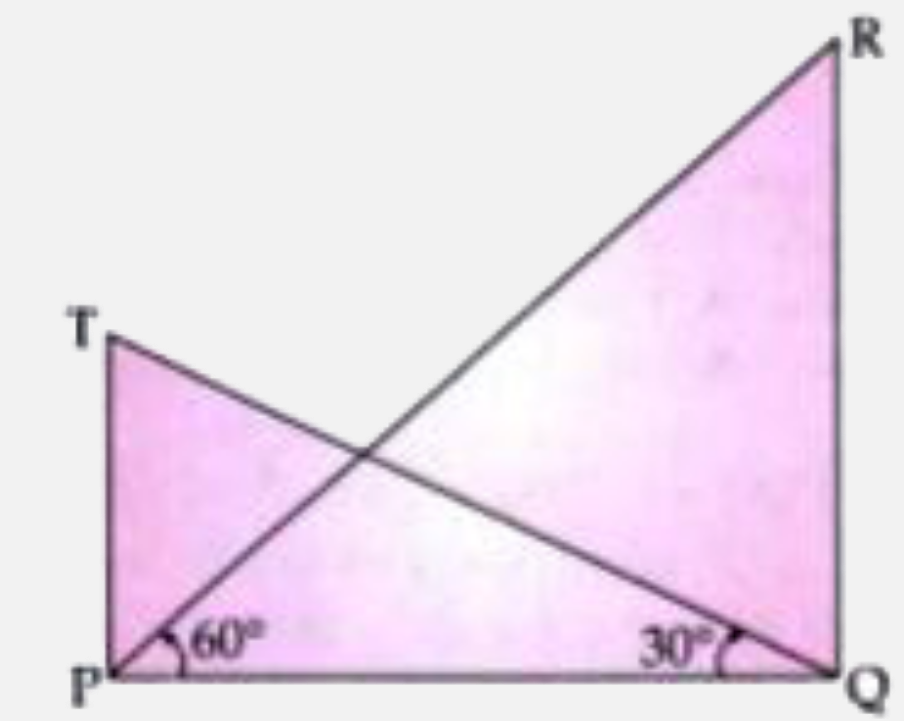
View SolutionThe 4th term of an A.P. is 22 and 15th term is 66. Find the first term and the common difference. Hence, find the sum of the series to 8 terms.
View SolutionUse Graph paper for this question.
A survey regarding height ( in cm) of 60 boys belonging to Class 10 of a school was conducted. The following data was recorded.

Taking 2 cm = height of 10 cm along one axis and 2 cm = 10 boys along the other axis draw an ogive of the above distribution. Use the graph to estimate the following :
(i) the median
View SolutionUse Graph paper for this question.
A survey regarding height ( in cm) of 60 boys belonging to Class 10 of a school was conducted. The following data was recorded.
Taking 2 cm = height of 10 cm along one axis and 2 cm = 10 boys along the other axis draw an ogive of the above distribution. Use the graph to estimate the following :
(iii) if above 158 cm is considered as the tall boys of the class. Find the number of boys in the class who are tall.
View SolutionUse Graph paper for this question.
A survey regarding height ( in cm) of 60 boys belonging to Class 10 of a school was conducted. The following data was recorded.
Taking 2 cm = height of 10 cm along one axis and 2 cm = 10 boys along the other axis draw an ogive of the above distribution. Use the graph to estimate the following :
(iii) if above 158 cm is considered as the tall boys of the class. Find the number of boys in the class who are tall.
View Solution
SECTION- B questions and complete solutions for chapter MATHEMATICS-2018 of SELINA MATHS (ENGLISH) of Class 10